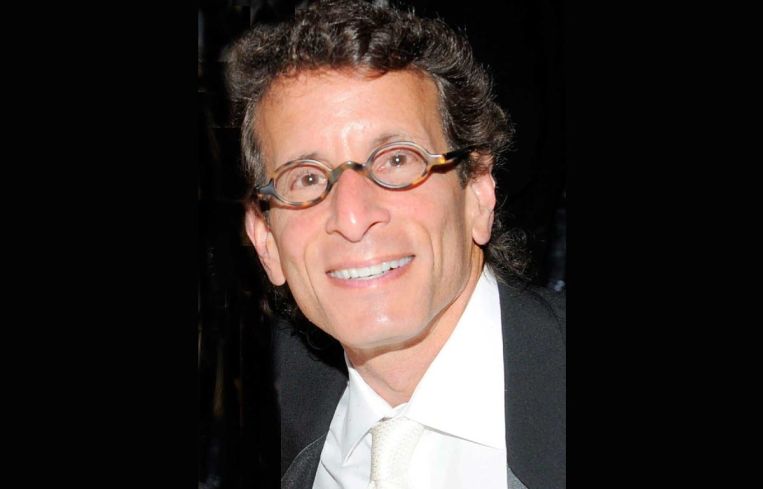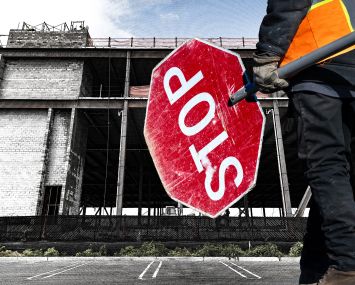5 Questions With Lyle Stern About Miami’s Restaurant Boom
By Jeff Ostrowski June 4, 2021 1:25 pm
reprints
Miami’s appeal to New York homebuyers and office tenants has been exhaustively documented, but South Florida also is attracting restaurants from the city.
Lyle Stern, president of retail leasing company Koniver Stern Group in Miami Beach, said he has experienced a flood of interest from New York restaurateurs. “We get calls from chefs saying, ‘OK, I get it. I wasn’t going to move to Miami, but now I am,’” Stern said.
Stern is a 20-year veteran of the commercial real estate industry and is also president of the Lincoln Road Business Improvement District. His company has brought such noted restaurants as Emeril’s, Mr. Chow and Estiatorio Milos to Miami Beach.
He spoke to Commercial Observer about how the restaurant industry is recovering from the pandemic.
Commercial Observer: We’ve heard so much dire news about restaurants over the past year. What’s the state of the restaurant industry in South Florida?
Lyle Stern: Robust would be an understatement. We’ve had an influx of new residents. It’s curious. We’ve had lots of people move down, but really not enough for all the restaurant sales we’re seeing. So, my interpretation is everyone is eating out more. It gives a sense of relief. During the pandemic, it was the only social enjoyment you could have. Now, that wave is continuing.
Every day, I hear about another company that’s looking for office space here, from fintech to architecture to technology. Ever since the Thanksgiving-Christmas time period, hotel occupancies have been up. The dining scene in Miami really exploded, and it mattered not where you were — Doral, Homestead, downtown, Brickell, South Beach. Restaurants moved dining outside. People enjoy eating out, and I think the restaurant numbers support that.
Miami just passed an ordinance allowing ghost kitchens. How is that affecting traditional restaurant tenants?
We’ll see more ghost kitchens. They serve a large function for restaurants that have a lot of delivery business. It’s not always practical to fill delivery and dine-in orders in the same kitchen, because it can overwhelm the kitchen. Delivery is now becoming an issue in retail negotiations. Restaurants want to know where delivery drivers can park.
What’s the biggest challenge you face as you help restaurants find locations?
Availability. Meaning, second-generation space that can be programmed pretty quickly with just cosmetic improvements, versus new space which will take eight to 12 months to build out. I would love to have in each of the markets — South Beach, South of Fifth, the Design District, Wynwood — another 10 second-generation restaurants.
There just aren’t that many restaurants in Miami that have closed. If I asked you to name your 10 favorite restaurants, I bet all of them are still open. Unlike New York, we had more people moving into our urban core. Our dynamic is totally different.
We’ve seen a flood of new food halls in South Florida. Does that trend have staying power?
I think they’re here to stay. I was at 1-800-Lucky in Miami this weekend, and it was packed. [Developer] Craig Menin opened a food hall in Delray Beach and had an incredibly successful opening. Time Out Market on Lincoln Road in Miami Beach is a well-studied model. Casa Tua Cucina on Brickell is jamming. The Citadel is doing well.
I think food halls are going to be fine. For diners, several people can go out and order several different kinds of food. It’s hard to go to an Italian restaurant and order sushi. I go out with my wife and our three kids, and we can literally eat from five different restaurants in one place. For a restaurateur, they get to be in business for very little cash. It’s just plug and play.
How are restaurants coping with the labor shortage?
It’s a war. There are restaurateurs who are going to other restaurants and paying cash bonuses to recruit. There’s a battle going on behind the scenes. Restaurant employees are a commodity today. You think about the restaurants that have opened here in the past six months, and it’s hundreds of jobs. Part of the shortage is caused by the stimulus benefits — which were enacted for good reason. You wanted to keep people alive and afloat. You still have people staying out of the labor market. When the benefits end, that labor pool is going to come washing back in like the tide.


